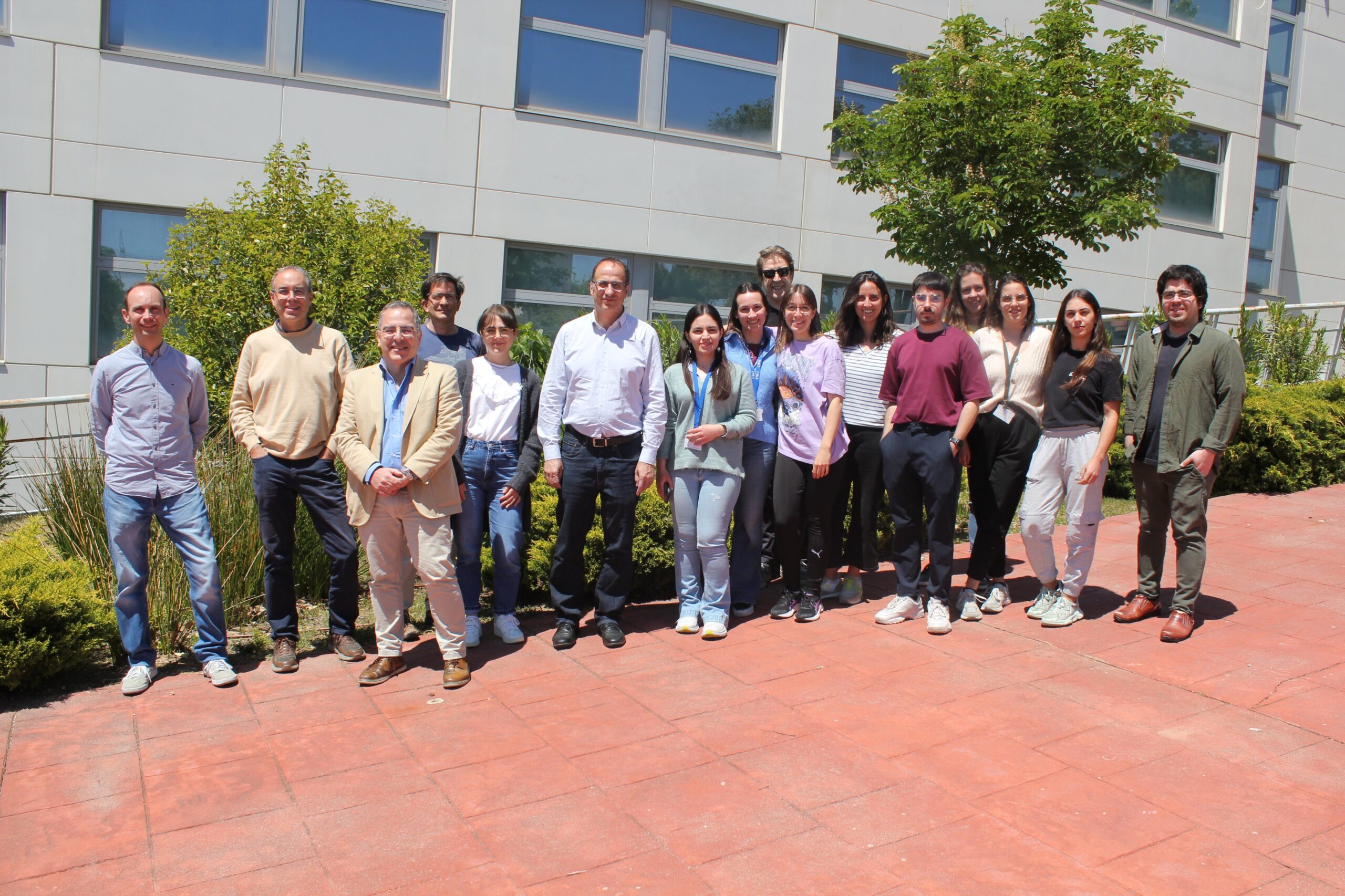
UPM Science and Technology Park. Montegancedo Campus
Ctra. M40 km.38. 28223, Pozuelo de Alarcón, Madrid SPAIN

The main focus of our laboratory is the development of new biomaterials for regenerative medicine based on silk fibroin and the biofun ctionalisation of conventional biomaterials. From a more basic point of view, our research also aims to contribute to the understanding of basic questions in the field of biomechanics and mechanobiology.
The group’s main areas of research are: (1) Development, characterisation, and modelling of new bio-inspired biomaterials, (2) Application of cell mechanics as a diagnostic tool, and (3) biofunctionalisation of biomaterials.
Gustavo Guinea is a Civil Engineer (Polytechnic University of Madrid, UPM) (1986) and holds a Licentiate degree in Physics (Complutense University of Madrid, 1988).
In 1990 he received the Extraordinary Doctorate Award, and in 1992, the Award for the Scientific Work of a Young Professor (UPM).
He holds the Robert L’Hermite medal (1994) of the International Union of Materials and Structures Laboratories and was a founder of the Spanish Society of Structural Integrity. Together with Manuel Elices, he created the first official degree in Materials Engineering in Spain (1995).
In 2006 he was appointed Corresponding Academician by the Royal Spanish Academy of Exact, Physical and Natural Sciences.
Since 2001 he has been Professor of Materials Science (UPM), specialising in biomaterials and biological materials, a field in which he has carried out more than twenty competitive research projects and published two hundred indexed articles. He is co-founder of the spin-off companies Sillbiomed and Bioactive Surfaces and author of three patents. Prof. Guinea has supervised ten doctoral theses and has been awarded five six-year research periods, six five-year teaching periods, and one six-year transfer period.
He is director of the Biomaterials and Regenerative Engineering Laboratory of the Biomedical Technology Centre (UPM) (2010), which he has also directed since 2016.
Development of new therapies and diagnostic processes in which biomaterials play a key role. This strategic objective is organised into five sub-objectives: